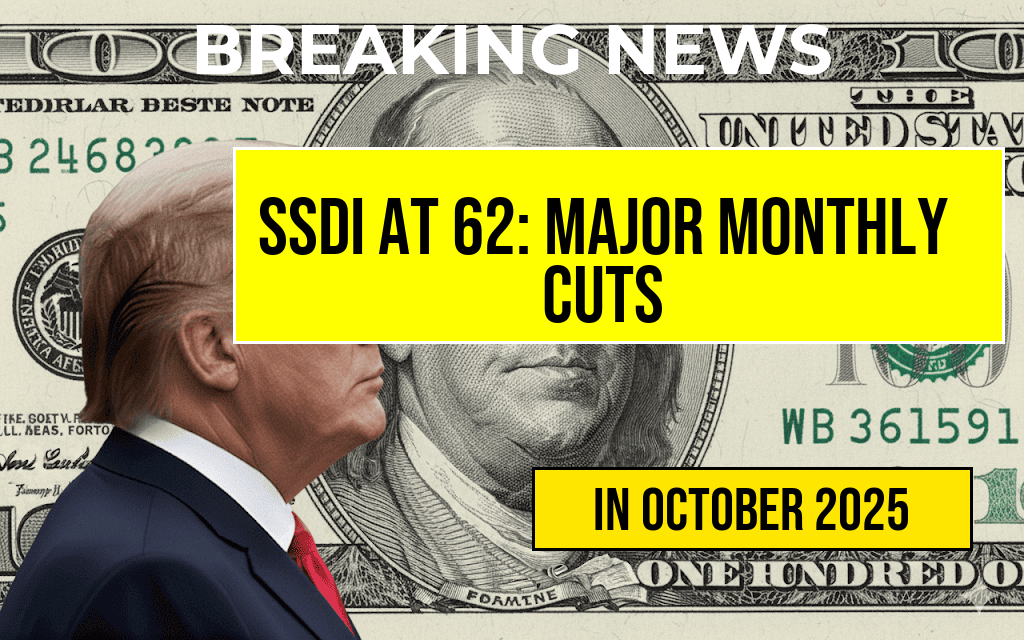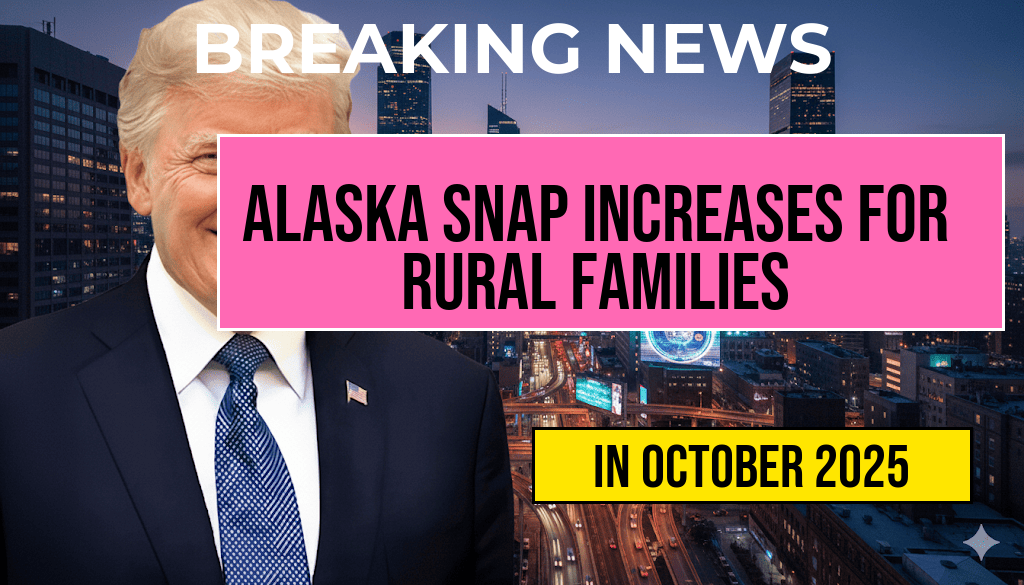The Supplemental Nutrition Assistance Program (SNAP) has announced an increase in benefits to a maximum of $994 for eligible households. This rise comes amid persistent inflation and high food prices, raising concerns about food security for many Americans. As families navigate this challenging economic landscape, making the most of their SNAP benefits is crucial. Understanding how to stretch every dollar can help individuals and families better manage their budgets and ensure access to nutritious food. This article explores practical tips for maximizing SNAP benefits while addressing the ongoing challenges posed by elevated food costs.
Understanding SNAP Benefits and Recent Changes
The SNAP program, administered by the U.S. Department of Agriculture (USDA), provides essential financial assistance to low-income individuals and families for food purchases. The increase to a maximum benefit of $994 reflects an effort to support households facing the brunt of rising grocery prices. However, despite this adjustment, many consumers are still feeling the strain of inflation, with some staple items seeing significant price hikes over the past year.
Current Food Price Trends
According to the USDA, food prices have remained stubbornly high, driven by various factors including supply chain disruptions and ongoing geopolitical tensions. Key statistics show that prices for essential items such as meat, dairy, and grains have surged, creating a challenging environment for SNAP recipients who rely on these benefits to meet their nutritional needs.
Strategies for Maximizing SNAP Benefits
To help households make the most of their SNAP benefits, here are several effective strategies:
- Plan Meals Wisely: Creating a meal plan based on weekly grocery sales can significantly reduce food costs. Focus on recipes that utilize similar ingredients to minimize waste.
- Shop Sales and Use Coupons: Take advantage of store promotions and digital coupons. Many grocery stores offer loyalty programs that can lead to additional savings.
- Buy in Bulk: Purchasing non-perishable items in bulk can yield significant savings. Items like rice, beans, and canned goods often have lower per-unit costs when bought in larger quantities.
- Choose Generic Brands: Opting for store-brand products instead of name brands can cut costs without sacrificing quality.
- Utilize Farmers’ Markets: Local markets often provide fresh produce at lower prices. Some farmers’ markets accept SNAP benefits, allowing recipients to purchase fresh fruits and vegetables directly from growers.
- Educate on Food Preparation: Learning basic cooking skills can help families prepare meals from scratch, which is often more cost-effective than buying pre-packaged foods.
- Explore Community Resources: Many communities offer food pantries and meal programs that can supplement SNAP benefits, providing additional support for families in need.
Additional Resources and Support
For those looking to stretch their SNAP benefits further, several online resources can offer guidance and support. Websites such as Feeding America and No Kid Hungry provide valuable information on food assistance programs and meal planning tips. Additionally, local SNAP offices can connect families with additional community resources.
Conclusion
The increase in SNAP benefits to a maximum of $994 is a welcome development for many households facing economic hardship. However, with food prices still elevated, it is essential for recipients to adopt savvy shopping strategies and make informed decisions about their food purchases. By implementing these tips, families can maximize their SNAP benefits and ensure they are meeting their nutritional needs without overspending.
Frequently Asked Questions
What are the new SNAP benefits for eligible individuals?
The SNAP benefits have been increased to $994 for eligible individuals, providing additional support to those in need.
Why are food prices still high despite the increase in SNAP benefits?
Despite the increase in SNAP benefits, food prices remain high due to various factors including inflation, supply chain issues, and increased demand.
What tips can help maximize the value of my SNAP benefits?
To maximize the value of your SNAP benefits, consider meal planning, buying in bulk, using coupons, and shopping for seasonal produce.
Can I use SNAP benefits to purchase non-food items?
No, SNAP benefits can only be used for eligible food items. Non-food items such as household supplies and personal care products are not covered.
How often are SNAP benefits reviewed or updated?
SNAP benefits are typically reviewed annually, but changes can occur more frequently based on economic conditions and policy adjustments.








